Can you use a blender in the same way that you’d use a food processor?
Food processors and blenders are both great kitchen appliances that can be used to chop, grind, and puree food.
However, these two devices are designed for different tasks.
A food processor is better suited for larger jobs like chopping vegetables or grinding meat, while a blender is more appropriate for smaller tasks like pureeing berries or making a smoothie.
That being said, some food processors do come equipped with a blending attachment, which can be used for smaller batches or smaller jobs.
In general, however, it is best to stick to using a blender for tasks that require a lot of liquid (instead of a food), as it will produce a smoother result.
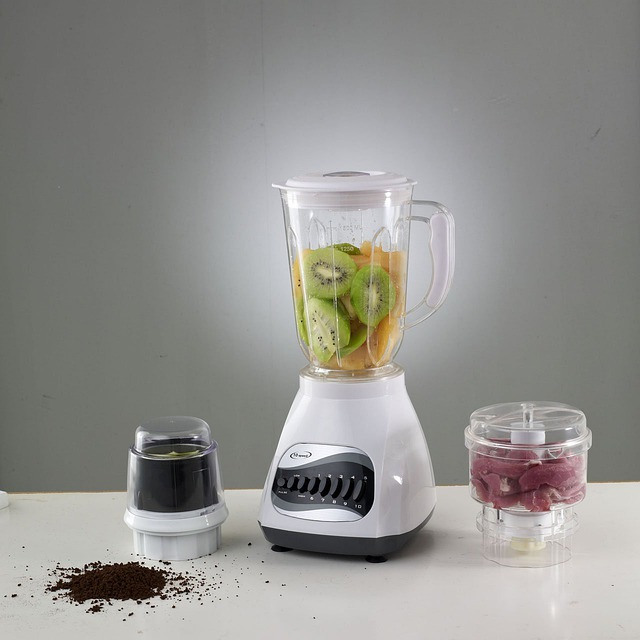
What’s the difference between a blender and food processor ?
There are some key differences between blenders and food processors.
For one thing, blenders typically have fewer features than food processors.
A blender will usually just have a few speed settings, while a food processor may have dozens of different attachments for different tasks.
In addition, blenders are designed to create smooth textures, while food processors are better at grating food, and handling chunky or hard ingredients.
As a result, each appliance has its own unique strengths and weaknesses. So when it comes time to choose between a blender and a food processor, it’s important to consider what kind of recipes you’ll be making.
How do I use a blender as a food processor?
A blender can be a great addition to any kitchen, and it can be used for more than just making smoothies.
With the right attachment (like sharp blades), a blender can also be used as a food processor.
The most important thing to look for when choosing a blender is that it has a powerful motor.
This will ensure that the blades can rotate quickly enough (fast-spinning blades!) to chop and puree your food.
You should also look for a model that comes with multiple speed settings, as this will give you more control over the consistency of your processed food.
To use your blender as a food processor, simply attach the appropriate attachment and choose the desired speed setting.
Start by adding small amounts of soft foods such as freshly cooked vegetables, fruit, or pesto sauce. And then gradually work up to tougher ingredients like raw carrots, nuts, or shredded cheese.
If you find that your blender is struggling to process your food, you can try adding a little liquid such as water or milk to help it along.
With a little practice, you’ll be able to use your blender to quickly and easily create delicious processed foods.
Food Processor Functions You Can’t Do With A Blender
While a blender is a handy tool, there are several tasks that are better suited to a food processor.
For example, while you can use a blender to puree soup, it can be difficult to get a smooth consistency.
A food processor, on the other hand, can easily create a velvety soup with little effort.
Additionally, food processors are better at chopping vegetables than blenders.
This is because the blades of a food processor are designed to move in a horizontal motion, rather than the vertical motion of a blender. This makes it easier to evenly chop vegetables without turning them into mush.
Finally, a strong food processor can be used to make nut butter, mince meat, crush ice, and also can be helpful in kneading dough and making pastry dough, whereas blenders are not typically powerful enough to take on these food items (even at a high speed).
How to make Smoothies in a Food Processor
So you want to make smoothies – should you use a blender or food processor?
Making a smoothie in a food processor is surprisingly simple, and the end result can be smooth and creamy.
Just add your favorite fruits and vegetables, along with some liquid (milk, juice, or water), and blend until smooth.
You can also use crushed ice cubes if you like, but make sure to start with softened fruit so that the blades can more easily break it down.
Crushing ice and frozen fruits is actually where a food processor might outshine a blender.
However, just make sure that your blender is strong enough to handle frozen fruits whether on high speed or medium speed and you’ll be fine.
For a thicker smoothie, add yogurt or protein powder.
And for an extra boost of flavor, try adding a handful of fresh herbs or a spoonful of honey.
A blender will generally make it smoother and of course, it’ll be easier to pour out into a cup or glass.
If you’re going to be making smoothies on a regular basis, use a blender instead of a food processor because you can buy a blender with a blender jar or travel mug attachment.
This means that you’ll make your smoothie in the same container that you’ll drink it. Super convenient!
How to make baby food in a food processor
While you can certainly buy pre-made baby food, it’s easy to make your own at home using a food processor.
Plus, this way you’ll know exactly what ingredients are going into your baby’s food. Here’s a quick and easy guide to making homemade baby food in a food processor.
First, wash and peel any fruits or vegetables that you’ll be using.
Then, cut them into small pieces so they’ll fit easily into the food processor.
Add them to the bowl of the processor along with some water, breast milk, or formula.
If you’re using frozen fruits or vegetables, there’s no need to thaw them first. Just add them directly to the bowl.
Next, puree the ingredients until they reach the desired consistency.
You may need to stop the processor and scrape down the sides of the bowl occasionally.
For thicker purees, add more solid ingredients. For thinner purees, add more liquid.
Once your puree is finished, it’s ready to serve! You can store the leftover puree in the fridge for up to 48 hours.
How to make bread crumbs for stuffing in a food processor
Making bread crumbs for stuffing is easy!
Simply tear the bread into small pieces and pulse in a food processor until it resembles coarse crumbs.
If you want finer crumbs, pulse for longer. For larger crumbs, pulse for shorter. That’s it!
You can use any type of bread you like, but a firmer and drier loaf works best so it doesn’t turn to mush when pulsed.
If your bread is very fresh, you may want to toast it first so it dries out slightly and doesn’t make the stuffing too moist.
Once you’ve made your bread crumbs, simply use them in your favorite stuffing recipe. Enjoy!
Food Processors or Blenders? – Final Thoughts
So can you use a blender as a food processor or instead of a food processor?
There’s no right answer to the question of whether a food processor or a blender is better – it depends on what you’re looking for in a kitchen appliance.
If you’re interested in speed and efficiency, a food processor is the way to go.
These appliances are designed to quickly chop, slice, and dice ingredients, making them a great choice for preparing large meals.
A blender, on the other hand, is ideal for a task like pureeing and emulsifying. They can also be used to make smoothies and milkshakes – something that most food processors cannot do, or at least not do well.
So, the best answer to the question of which is better – a food processor or a blender – is that it depends on your needs.
However (there’s always a but), nowadays it’s possible to find hybrid appliances that can do both, sometimes called a food blender or a blender with a chopping attachment.
Honestly, although a food blender sounds good, most blenders don’t do a good job of processing food. And most food processors don’t do a good when you need to use a blender.
I find it better to buy a food processor if you need one or buy a blender if you need one.
Related Posts
-
How long can steak stay in the fridge?
How long does steak stay good in the fridge? This is a question that we…
-
What is an Air Fryer Oven and How to Use it?
Foods whose preparations entail the use of too much oil like fries, chicken, and fish…
-
Best Pressure Cookers You Can Get for the Money
Pressure cooking is a process of cooking food under high pressure of steam, and if…

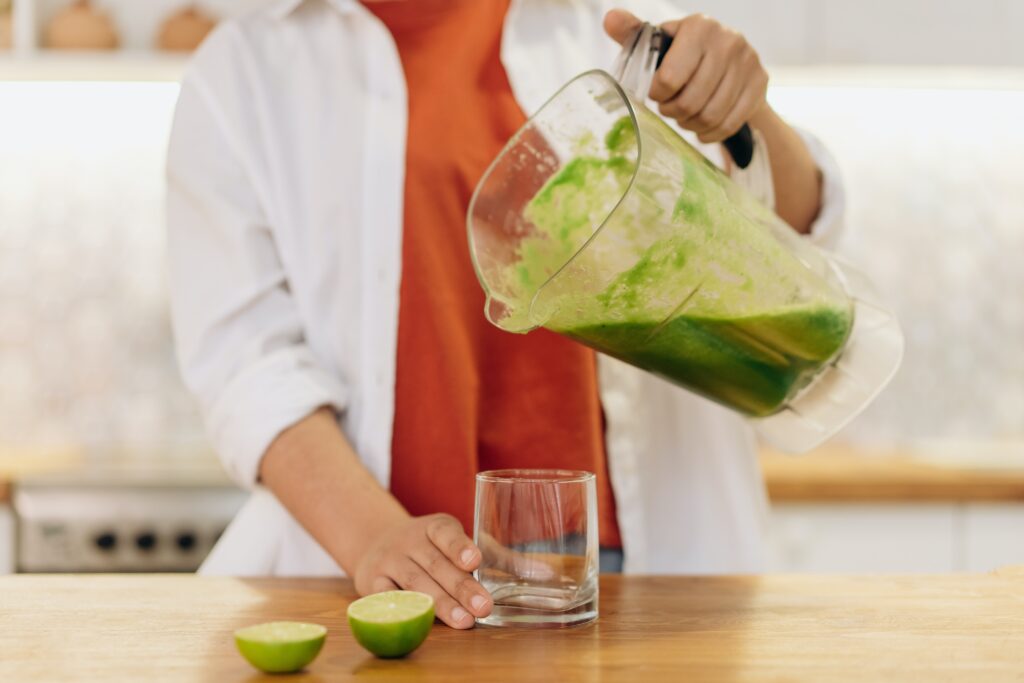

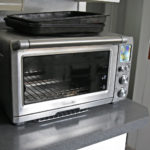
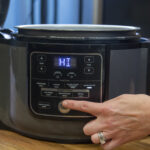

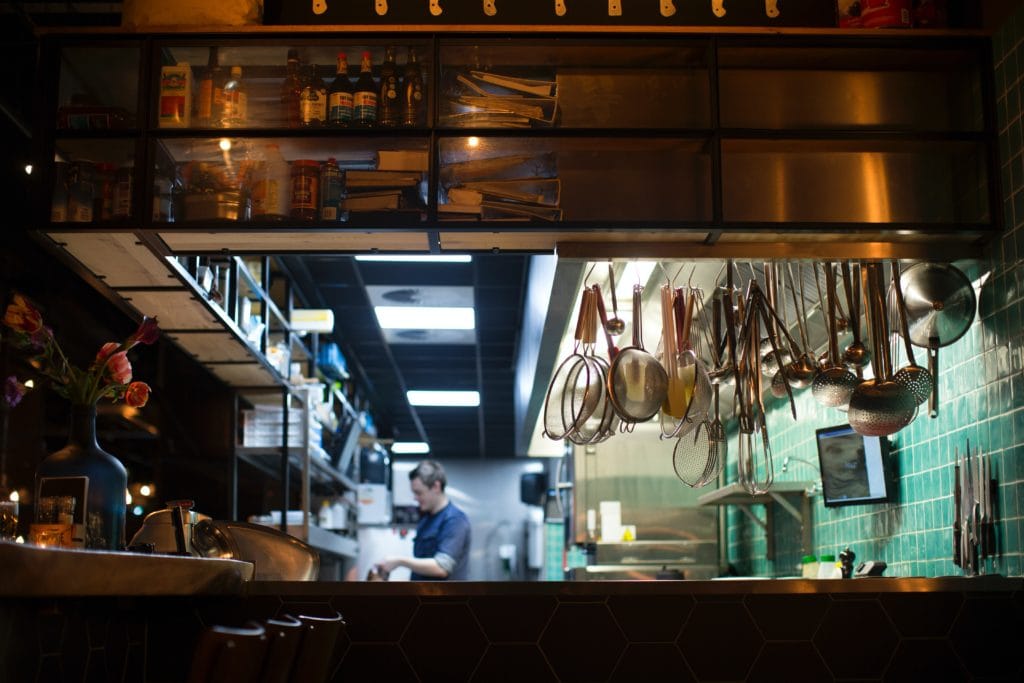
1 thought on “Can you use a blender as a food processor?”
Thank you, Pedro, for this detailed guide. I was unaware of the distinct functionalities between a blender and a food processor, and your post has certainly clarified things for me.